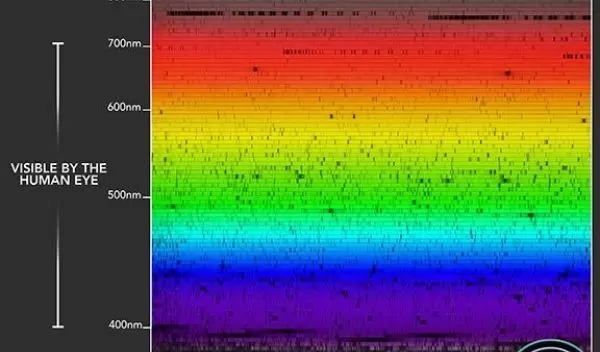
Exoplanet discovery underway as spectrometer starts its scientific mission
The NEID spectrometer, a new tool for the discovery of exoplanets -- planets outside our solar system -- has started its scientific mission at the WIYN telescope at Kitt Peak National Observatory. Kitt Peak is in the Quinlan Mountains of the Sonoran Desert, 56 miles southwest of Tucson, Arizona.
NEID -- pronounced NUH-eed or NOO-id, rhymes with "fluid" -- takes its name from the Tohono O'odham word meaning "to see." The instrument, the newest and one of the most precise tools ever built to detect exoplanets, is funded by the joint NSF/NASA Exoplanet Exploration Program.
NEID will discover exoplanets by measuring the minute gravitational tug of these planets on their host stars.
As part of a U.S. National Science Foundation-supported project, NEID's mission is to enable some of the highest precision measurements currently possible and chart a path to the discovery of planets around other stars.
In addition to observing stars during the night, NEID will look at the Sun through a special smaller solar telescope the team developed. The solar telescope was designed and built by Andrea Lin at Penn State with Andy Monson, NEID's systems engineer.
The gravitational tug of orbiting planets induces a periodic velocity shift on the host star -- a "wobble" that can be measured by NEID. Jupiter, for example, induces a 13 meter per second wobble on our Sun, but the Earth induces a wobble of only about 9 centimeters per second. NEID's single measurement precision is already better than 25 centimeters per second, enabling it to detect small wobbles with sufficient data.


